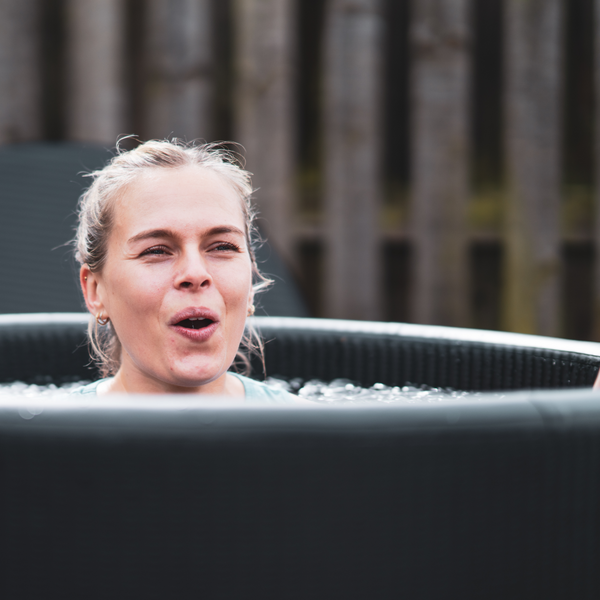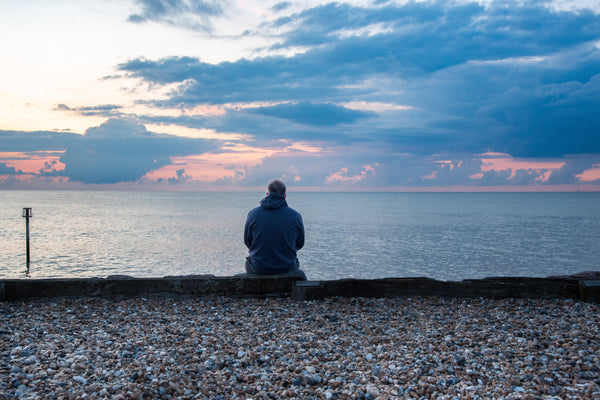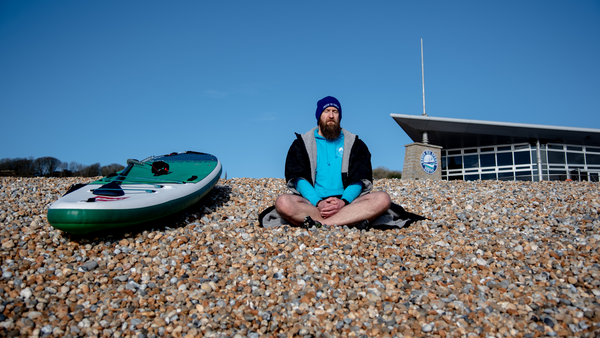It’s a big topic and one that has mixed views and very little scientific evidence, but what temperature should your post-workout bath or shower be?
There are advocates for both sides. Those who relax in a hot bath following exercise talk about the loosening up of muscles while those who prefer to dip into an cold bath or cold shower feel like their muscles are less sore and they feel refreshed.
But what does the science say about which is best?
Let’s explore.
Are cold baths good for you?
Ice bathing is an age-old practice that can be traced back centuries. Even the Romans took a plunge in cold water following their bathing routine. Today, taking an cold bath is commonly known as cold water immersion and guidelines state that the practice involves immersing in cold water, usually between 11oC and 15oC for 11 to 15 minutes (Machado et al. 2016).
Cold bathing has become a popular practice amongst athletes in many different sports. Several reasons have been hypothesised for this, such as improved muscle recovery, but there is little scientific evidence to back up the claims.
What happens to your muscles when you exercise?
During exercise, fluid from the blood is pushed to the muscles that are working because of increased mean arterial pressure, causing your muscles to enlarge and reducing the blood plasma volume.
Following exercise, some people participate in active recovery, or low-intensity activities like walking. They do this to reduce this swelling and stimulate the blood flow throughout your body. Active recovery also aids the breakdown of by-products produced during exercise, such as lactic acid.
How does ice bathing help?
Like active recovery, being immersed in cold water means that hydrostatic pressure acts on the areas that are submerged, moving fluid from the immersed region of the body to inside the blood vessels. In turn, this reduces the swelling and inflammation brought on by exercise.
As a result, there is also an increase in blood volume, which increases cardiac output and blood flow throughout the body without using up extra energy (Lateef, 2010).
Further research into whether the use of cold or heat on delayed onset muscle soreness (DOMS) found that being exposed to cold temperatures in the form of cold wraps was more effective for strength recovery. The same study found that a control group experienced a significant amount of pain in the days after exercise, but those who had been exposed to the cold immediately after or 24 hours later experienced less pain than those who had used heat wraps (Petrofsky et al. 2015).
However, a study by Roberts et al. (2015) found that cold water immersion as a form of recovery hindered long-term gains in muscle mass and strength.
Is heat better for recovery?
A study published in 2017 which assessed the impact of heat applied for 8 hours straight after or 24 hours after exercise on DOMS, found that low-level continuous heat wraps were effective at reducing DOMS. This implies that heat could also be effective at reducing muscle soreness post-exercise, despite cold temperatures often being the go-to for athletes.
In the Petrofsky et al. (2015) study, applying heat wraps post-exercise, 15 minutes of leg squats, was significantly better at preventing elastic tissue damage. Although this was also true of cold wraps. The researchers concluded that both heat and cold were effective at reducing muscle damage after exercise.
What about contrasting temperatures?
Given that both hot and cold temperatures appear to have benefits when it comes to exercise recovery, we should look at the research into alternating these temperatures and their effects on the body.
A 2007 study investigated the effect of contrast water therapy on DOMS following DOMS-inducing leg press exercises. It found that contrast water therapy had no significant effect on reducing pain following exercise, but it only had a small effect on reducing strength and power. In contrast, water therapy also led to fast restoration of strength and power following exercise compared to passive recovery (Vaile et al, 2007).
Another study conducted in 2007 found that contrast water therapy compared to active recovery resulted in a substantial reduction in blood lactate levels and heart rate. It didn’t, however, influence subsequent performance, which in this case the activity was sprinting.
Conclusion
The science isn’t exactly clear about which is better: heat or cold, but it appears that both can be beneficial for delayed onset muscle soreness.
However, cold bathing or cold-water immersion may have a broader range of benefits post-exercise but might be less beneficial for those who want to increase muscle mass or strength.
In many studies, the conclusions drawn are often from perceptions about recovery e.g., the intensity of muscle soreness rather than conclusive scientific evidence. Therefore, if you feel being immersed in The Cold Pod following exercise works for you, then building it into your training plan is a good idea.
When it comes to cold water immersion therapy, it’s about finding what works best for you.
Sources
Lateef, F. (2010). Post-exercise ice water immersion: Is it a form of active recovery? Journal of emergencies, trauma, and shock, 3(3), 302. https://doi.org/10.4103/0974-2700.66570
Machado, A. F., Ferreira, P. H., Micheletti, J. K., de Almeida, A. C., Lemes, Í. R., Vanderlei, F. M., Netto Junior, J., & Pastre, C. M. (2016). Can Water Temperature and Immersion Time Influence the Effect of Cold-Water Immersion on Muscle Soreness? A Systematic Review and Meta-Analysis. Sports medicine (Auckland, N.Z.), 46(4), 503–514. https://doi.org/10.1007/s40279-015-0431-7
Petrofsky, J. S., Khowailed, I. A., Lee, H., Berk, L., Bains, G. S., Akerkar, S., Shah, J., Al-Dabbak, F., & Laymon, M. S. (2015). Cold Vs. Heat After Exercise-Is There a Clear Winner for Muscle Soreness. Journal of strength and conditioning research, 29(11), 3245–3252. https://doi.org/10.1519/JSC.0000000000001127
Roberts, L. A., Raastad, T., Markworth, J. F., Figueiredo, V. C., Egner, I. M., Shield, A., Cameron-Smith, D., Coombes, J. S., & Peake, J. M. (2015). Post-exercise cold water immersion attenuates acute anabolic signalling and long-term adaptations in muscle to strength training. The Journal of physiology, 593(18), 4285–4301. https://doi.org/10.1113/JP270570
Vaile, J, M., Gill, N, D & Blazevich, A, J. (2007). The Effect of Contrast Water Therapy on Symptoms of Delayed Onset Muscle Soreness. The Journal of Strength and Conditioning Research: 21(3), 697-702. DOI:10.1519/R-19355.1







